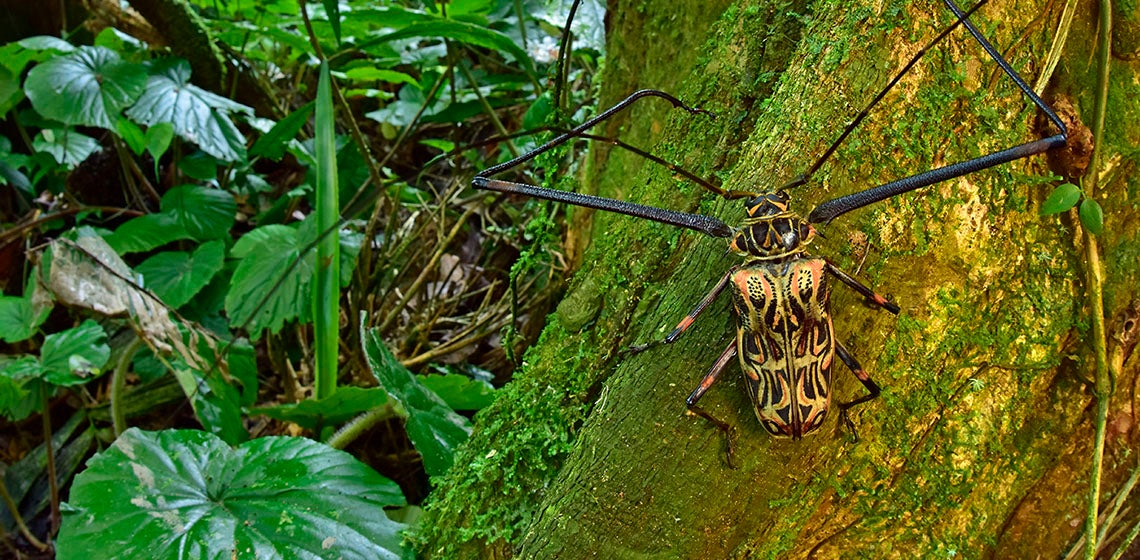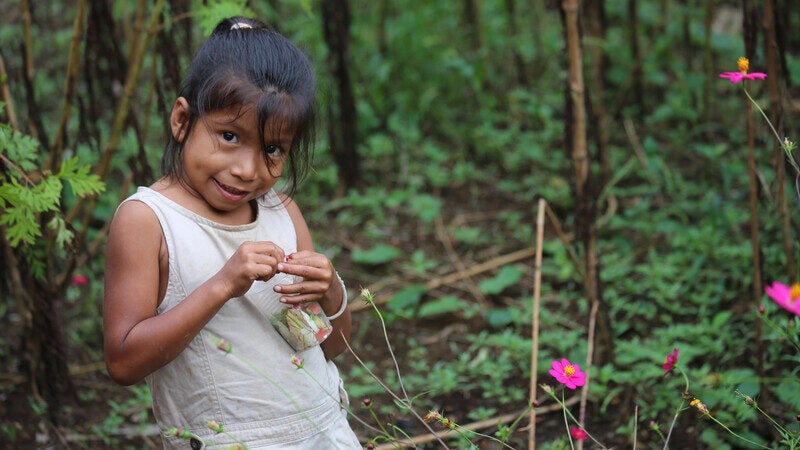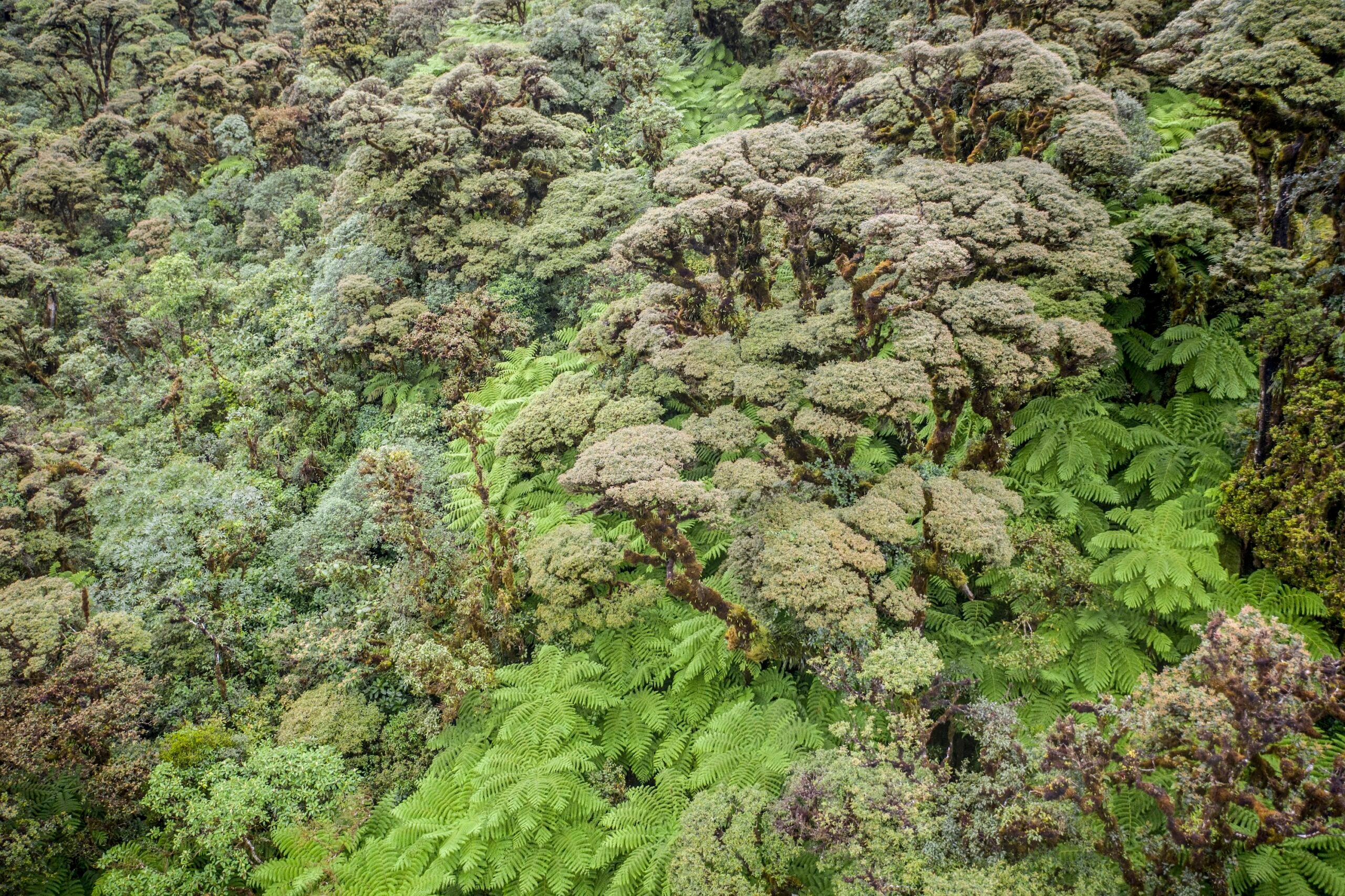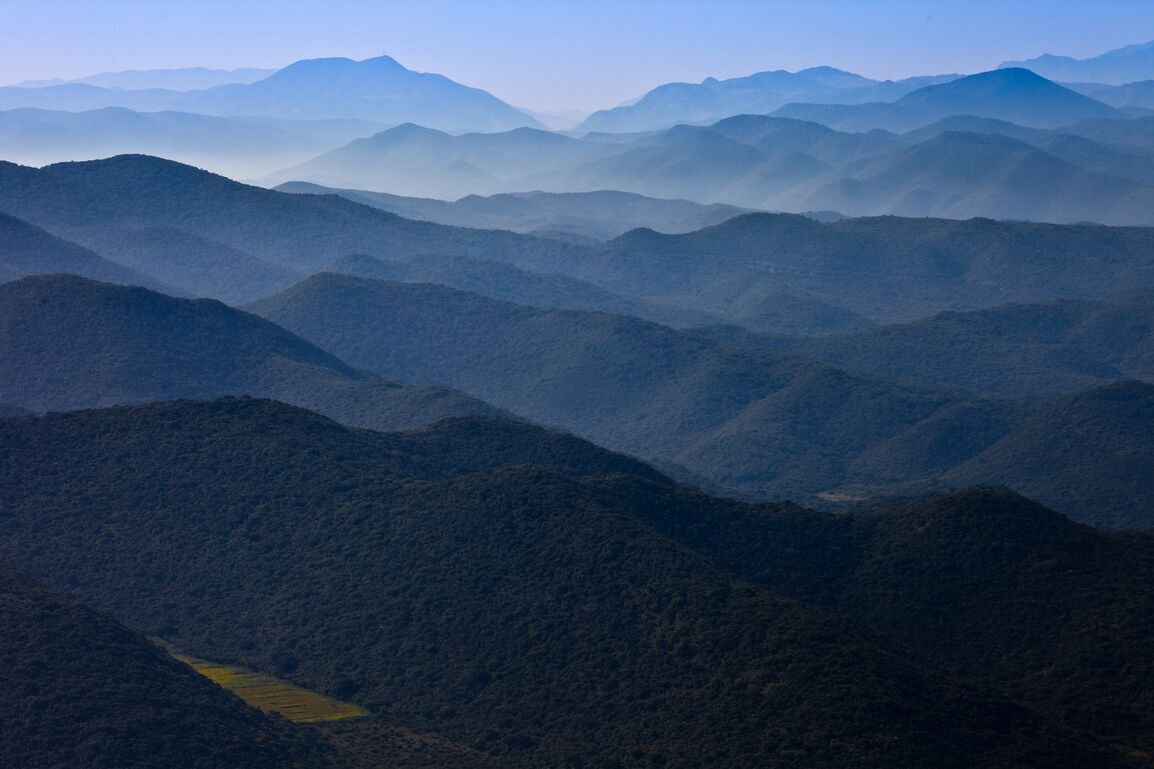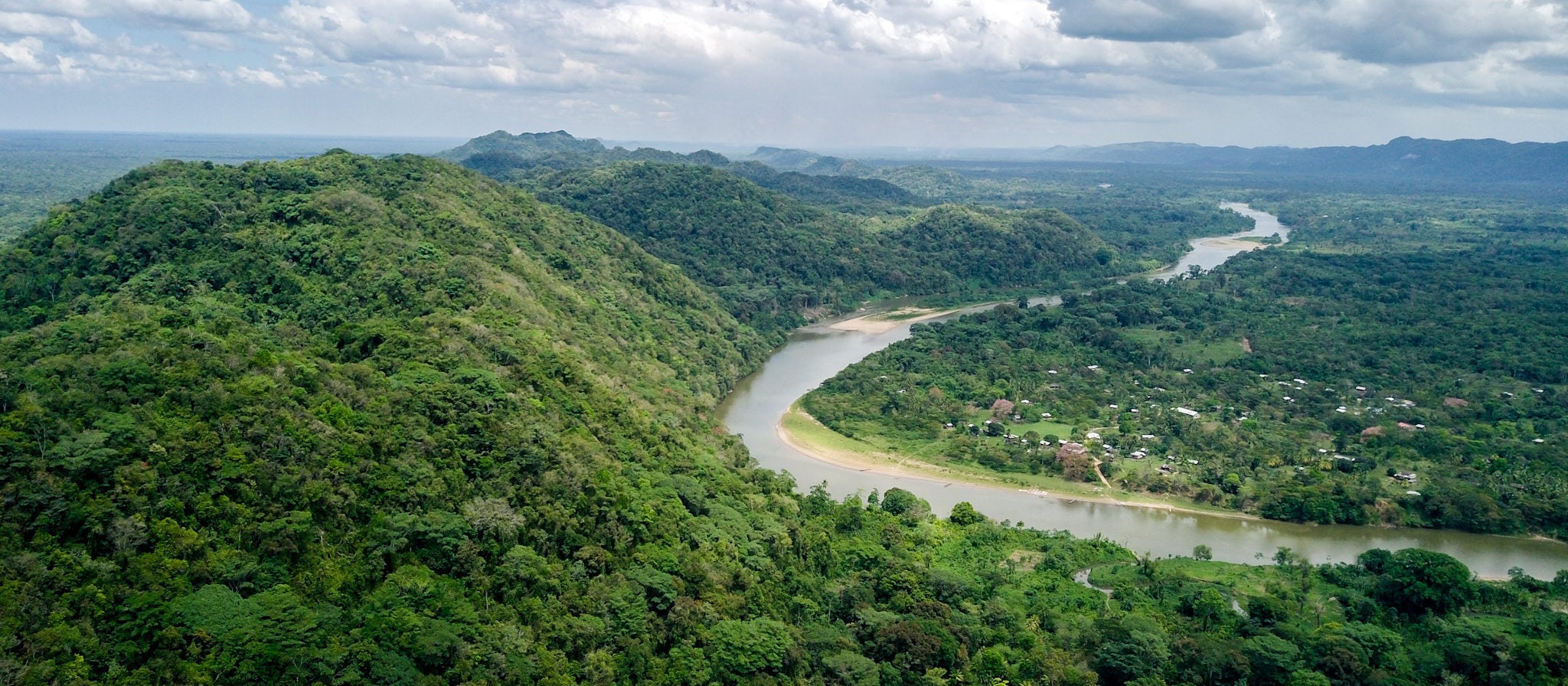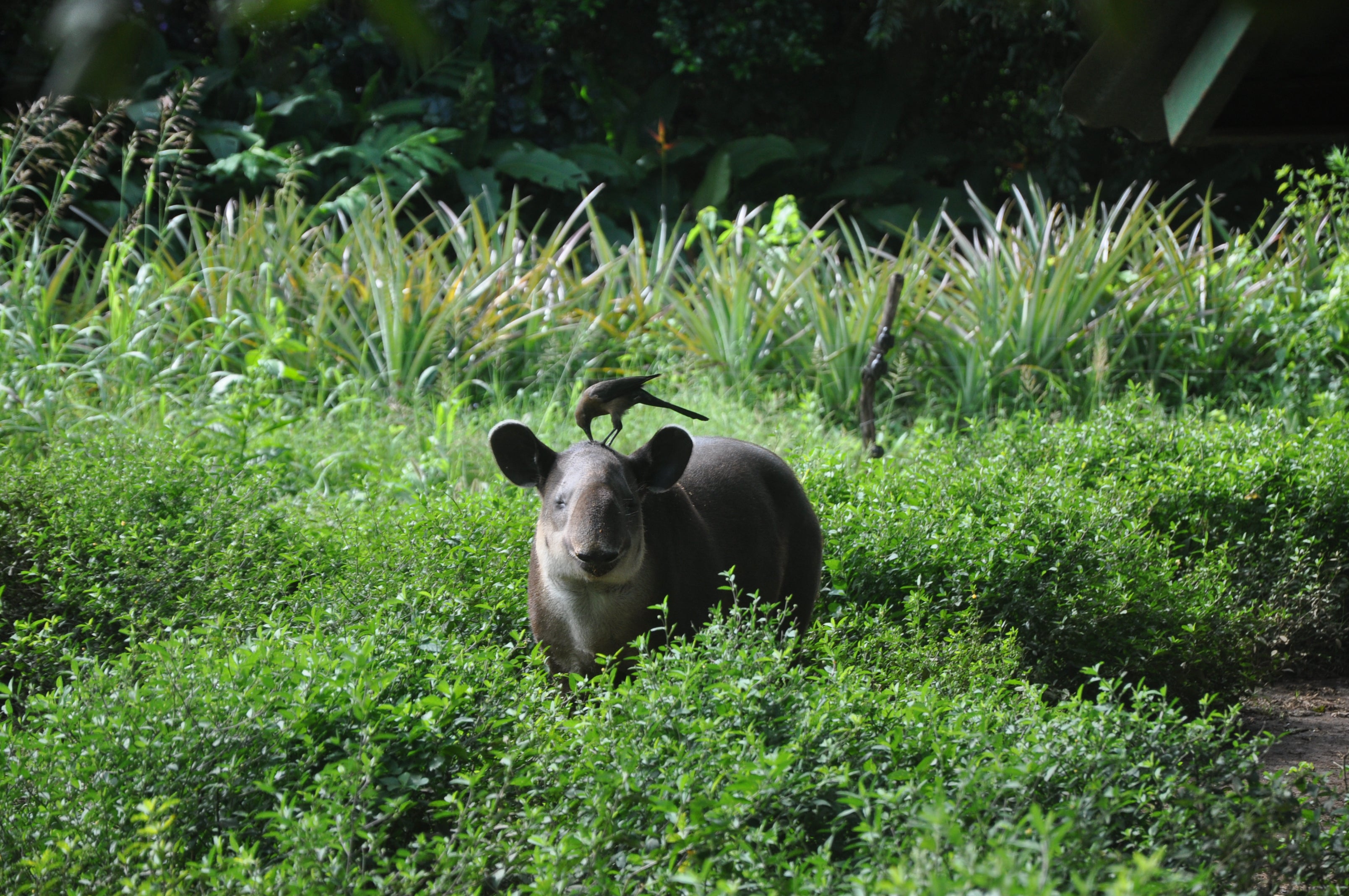Five great forests of mesoamerica
donateThe last five
The last five great forests of Mesoamerica span from Mexico to Colombia and are hotspots for biodiversity and irreplaceable wildlife. These forests contain more than 50% of the region’s carbon stock, making it vital to all wildlife. Jaguars patrol the dense and humid forests. Scarlet and Great Green Macaws fly through the canopies, adding brilliant splashes of color among the green trees. Central American River Turtles live in the rivers and wetlands of the largest remaining of the Five Forests.
The Five Great Forests, which together expand over an area three times the size of Switzerland, contain Key Biodiversity Areas, meaning they are critical to the overall health of the planet and the persistence of biodiversity on Earth. Indigenous peoples and local communities govern more than half of the total area encompassed by the Five Great Forests. They have lived and worked in these forests sustainably for centuries and they have been the true guardians of the Five Great Forests for all of that time.
The Five Great Forests Alliance—which brings together Indigenous leaders, the eight countries of the Central American Commission for Environment and Development and NGOS— is rewilding, restoring and improving the protection of the Maya Forest, Moskitia Forest, Indio Maíz-Tortuguero Forest, Talamanca Forest and Darien Forest.
The Five Great Forests Alliance is implementing a holistic plan to ensure that within the forests:
no wildlife species go extinct,
10 million hectares of forest are permanently protected
500,000 hectares of forest are rewilded by 2030
the livelihoods of Indigenous and local communities are improved
all cattle ranching is stopped
The forests provide clean water, clean air, food security and vital natural resources for more than 5 million people in Mesoamerica. But they are being destroyed. Illegal land-grabs that cut and clear forest to grow food for cattle have decimated huge tracts of forests. Since 2004, three of the five great forests have shrunk almost a quarter in size. Ninety percent of that destruction was caused by cattle ranching that sometimes feeds into U.S. markets.
Forests around the world, like the Five Great Forests of Mesoamerica, represent 30% of the climate solution by storing and absorbing carbon. Protecting and restoring these forests are nature-based solutions that will help address the human-caused climate and extinction crises. Despite their key role in the climate solution, the Five Great Forests are being ravaged by climate change. Mesoamerica is one of the most vulnerable regions in the world to severe weather events caused by climate change. The region is suffering from increasingly severe droughts and fires during the dry season and more frequent and stronger tropical storms during the wet season. As the storms weaken and damage the Five Great Forests, Indigenous and local communities are often left exposed and vulnerable to these extreme weather events.
Record-breaking hurricane seasons are becoming normal instead of anomalies. From 2000 to 2020, Mesoamerica and the Caribbean were hit by 17 hurricanes annually. The Moskitia Forest, which sits on the border of Nicaragua and Honduras, was hit by two devastating hurricanes within the span of two weeks in 2020. The massive flooding from the back-to-back hurricanes made Moskitia Forest more vulnerable to illegal land-grabs for cattle ranching and logging. The Mesoamerican Alliance for People and Forests (AMPB), Wildlife Conservation Society (WCS) and Re:wild, all partners in the Five Great Forests Alliance, formed the Mesoamerica Climate Resilience and Response Fund. They rushed help to Indigneous and local communities to help them recover and rebuild their communities and continue to serve as guardians of Mesoamerica’s Five Great Forests.
Protecting these forests benefits both wildlife and people and protects irreplaceable carbon that is critical to our efforts to mitigate climate change.
